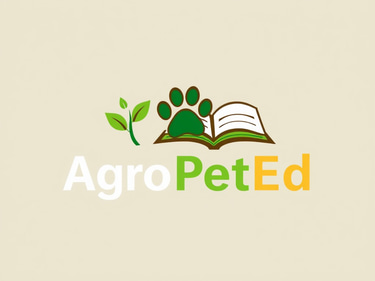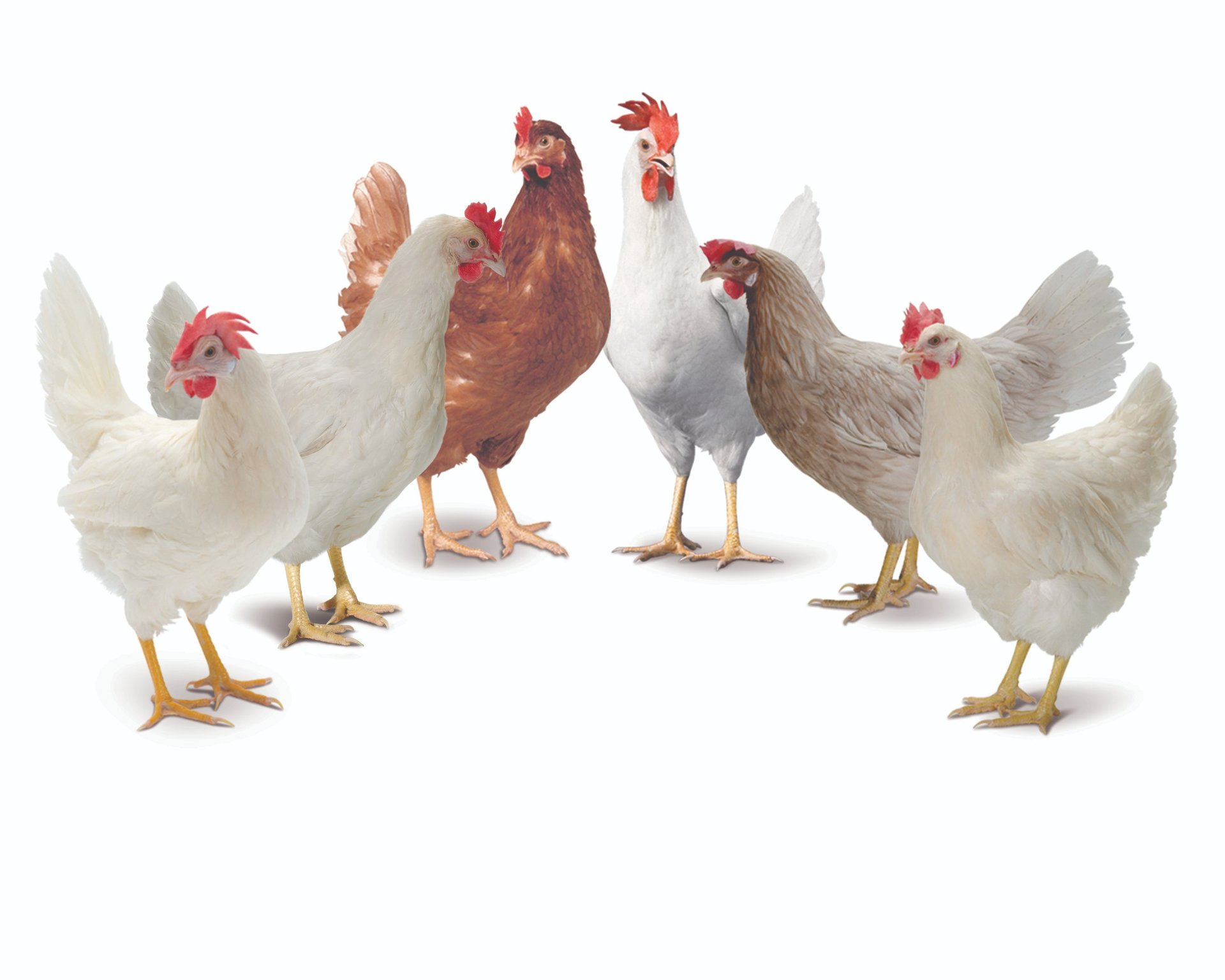
The Most Commonly Used Laying Hen Lines in the World: A Comprehensive Analysis Productivity, Economic, and Strategic Factors for Optimal Decision-Making
Modern poultry farming requires precise selection of laying hen genetic lines, integrating not only production performance but also sustainability, adaptability to regulations, and market trends.
ANIMAL PRODUCTION
2/18/20254 min read
Modern poultry farming requires precise selection of laying hen genetic lines, integrating not only production performance but also sustainability, adaptability to regulations, and market trends. This article delves into the leading commercial lines globally, incorporating technical, economic, and environmental aspects for informed decision-making.
1. Lohmann Brown
Developed by: Lohmann Tierzucht (Germany).
Popularity: One of the most widely used lines worldwide due to its balance between production and robustness.
Productivity Performance:
Peak laying rate: 95-97%.
Production: 320-340 eggs/hen over 72 weeks.
Age at 50% production: 20-21 weeks.
Egg Quality:
Brown shell, average weight: 62-64 grams.
High Haugh unit (consistent internal quality).
Viability:
Mortality: 4-5%.
Good resistance to common diseases.
Adaptability:
Recommended systems: Cages, aviaries, and free-range.
Density: 9-10 hens/m² in aviaries.
Market:
Ideal for markets demanding high-quality brown eggs.
Widely used in Europe, Latin America, and Asia.
Sustainability:
Feed efficiency: 2.1 kg feed/kg egg.
Reduces phosphorus excretion by 15% compared to conventional lines.
Profitability:
Cost per pullet: $3.5-4 USD.
ROI in temperate climates: 12-15% above average.
Resilience:
Tolerates up to 35°C with only a 7% drop in production.
2. Hy-Line Brown
Developed by: Hy-Line International.
Known for: High feed efficiency and consistent production.
Productivity Performance:
Peak laying rate: 96%.
Production: 330-350 eggs/hen over 80 weeks.
Age at 50% production: 18-19 weeks.
Egg Quality:
Brown shell, average weight: 63-65 grams.
Excellent shell strength and internal quality.
Viability:
Mortality: <5%.
Good resistance to heat stress.
Adaptability:
Recommended systems: Intensive and alternative systems.
Requires diets with 0.42% methionine.
Market:
Widely used in the Americas, Europe, and Asia.
Stands out in markets with high-quality standards.
Sustainability:
Carbon footprint: 2.8 kg CO₂ equivalent per dozen eggs.
Profitability:
Cost per pullet: $3.2-3.8 USD.
Return in automated systems: 18-22%.
Resilience:
High tolerance to heat stress in tropical regions (e.g., Brazil, India).
3. ISA Brown
Developed by: Hendrix Genetics.
Known for: Versatility and high performance.
Productivity Performance:
Peak laying rate: 95-97%.
Production: 320-340 eggs/hen over 72 weeks.
Age at 50% production: 20-21 weeks.
Egg Quality:
Brown shell, average weight: 62-64 grams.
Excellent shell and yolk quality.
Viability:
Mortality: 4-5%.
High resistance to diseases.
Adaptability:
Recommended systems: Cages, free-range, and aviaries.
Density: 9-10 hens/m² in aviaries.
Market:
Highly popular in markets valuing consistency and quality.
Widely used in Europe and Latin America.
Sustainability:
Feed efficiency: 2.2 kg feed/kg egg.
Profitability:
Cost per pullet: $3.3-3.7 USD.
ROI in semi-intensive systems: 15-18%.
Resilience:
Good adaptation to temperate and tropical climates.
4. Dekalb White
Developed by: Hendrix Genetics.
Known for: High efficiency in white egg production.
Productivity Performance:
Peak laying rate: 96-98%.
Production: 330-350 eggs/hen over 80 weeks.
Age at 50% production: 17-18 weeks.
Egg Quality:
White shell, average weight: 60-62 grams.
Excellent internal quality and shell strength.
Viability:
Mortality: <4%.
Good adaptation to stress conditions.
Adaptability:
Recommended systems: Intensive cage systems.
Density: 450-500 cm²/hen in cages.
Market:
Widely used in markets demanding white eggs (e.g., USA, Asia).
Sustainability:
Requires 10% less water than brown lines.
Profitability:
Cost per pullet: $2.8-3.2 USD.
ROI in Asia: 25-30% due to low operational costs.
Resilience:
Vulnerable to shell fractures in humid climates.
5. H&N Nick Chick
Developed by: H&N International.
Known for: High production and adaptability.
Productivity Performance:
Peak laying rate: 95-97%.
Production: 330-340 eggs/hen over 72 weeks.
Age at 50% production: 20-21 weeks.
Egg Quality:
White shell, average weight: 60-62 grams.
Excellent shell and yolk quality.
Viability:
Mortality: <5%.
Good resistance to diseases.
Adaptability:
Recommended systems: Cages, aviaries, and free-range.
Density: 9-10 hens/m² in aviaries.
Market:
Popular in Europe and Latin America.
Sustainability:
Feed efficiency: 2.3 kg feed/kg egg.
Profitability:
Cost per pullet: $3.4-3.9 USD.
ROI in semi-intensive systems: 12-15%.
Resilience:
Good adaptation to temperate climates.
6. Bovans Brown
Developed by: Hendrix Genetics.
Known for: Robustness and suitability for alternative systems.
Productivity Performance:
Peak laying rate: 95-97%.
Production: 320-340 eggs/hen over 72 weeks.
Age at 50% production: 21-22 weeks.
Egg Quality:
Brown shell, average weight: 62-64 grams.
Excellent internal quality.
Viability:
Mortality: 4-5%.
High resistance to diseases.
Adaptability:
Recommended systems: Free-range and aviaries.
Requires access to forage in free-range systems.
Market:
Used in markets valuing sustainable production and animal welfare.
Premium egg price: +20% in Europe.
Sustainability:
Uses 100% plant-based feed without animal byproducts.
Profitability:
Cost per pullet: $3.6-4.2 USD.
ROI in free-range systems: 10-12%.
Resilience:
Lower production in intensive systems compared to free-range.
Strategic Conclusion
The choice of a laying hen line should align with:
Target market (brown vs. white eggs, standard vs. premium).
Initial investment (pullet cost, infrastructure).
Sustainability (environmental regulations, animal welfare).
Resilience (climate, local pathogens).
Lines like Hy-Line Brown and Dekalb White lead in profitability for intensive systems, while Bovans Brown is key for premium niches. Innovation in genetics and nutrition will continue to redefine poultry farming, with a growing focus on reducing environmental footprints and meeting global health demands.
Final Recommendation: Conduct pilot tests with 2-3 lines on your farm, monitoring parameters such as feed conversion and mortality during the first 10 weeks to validate their adaptation to local conditions.
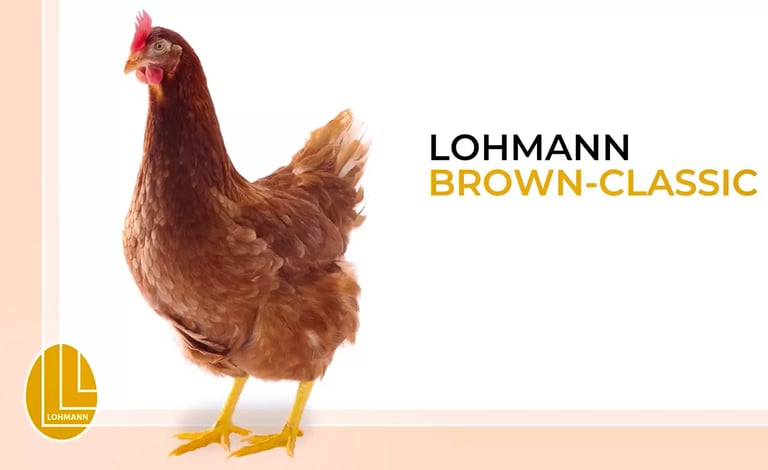

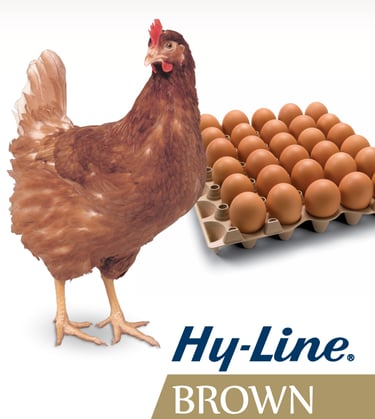

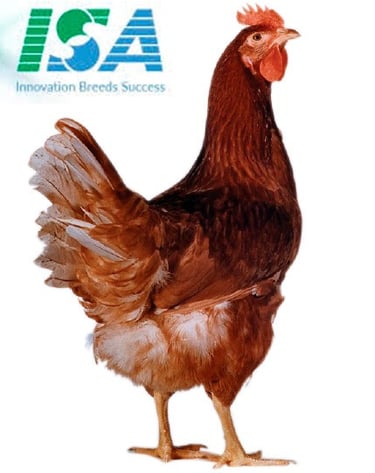

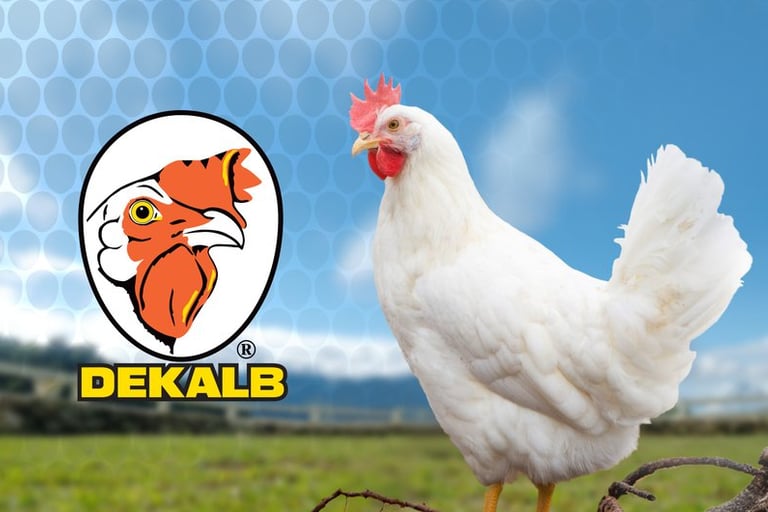

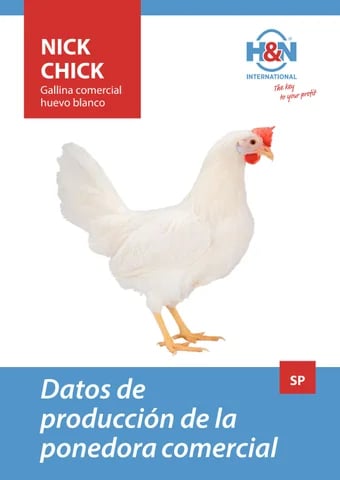

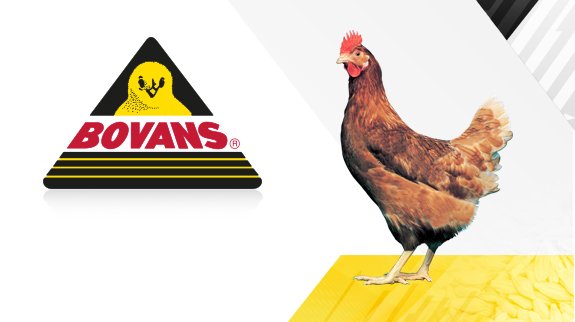

AgroPetEd
Information about animals and agricultural practices
© 2025. All rights reserved.
